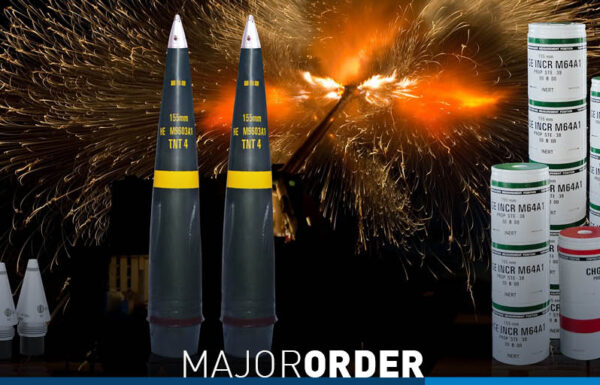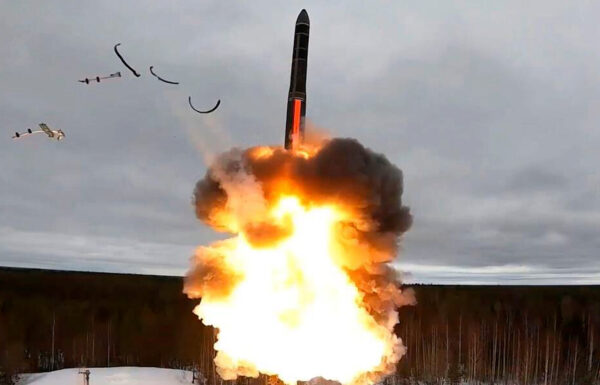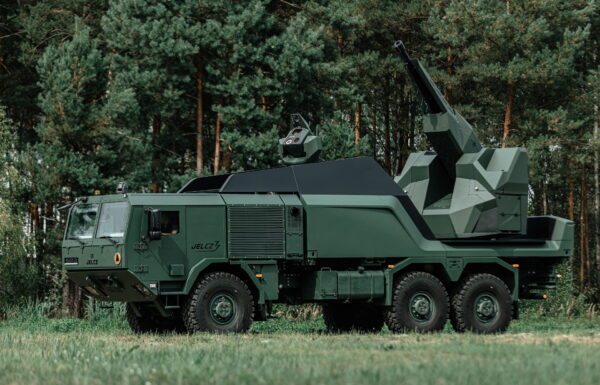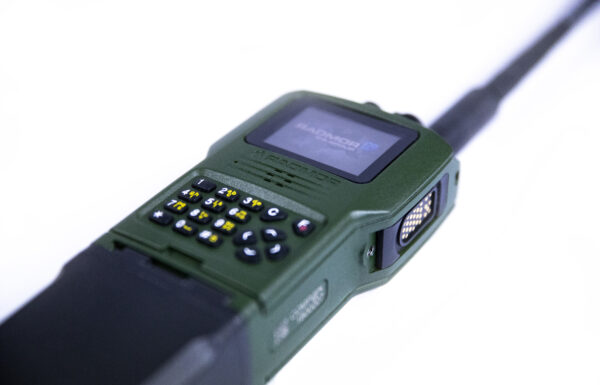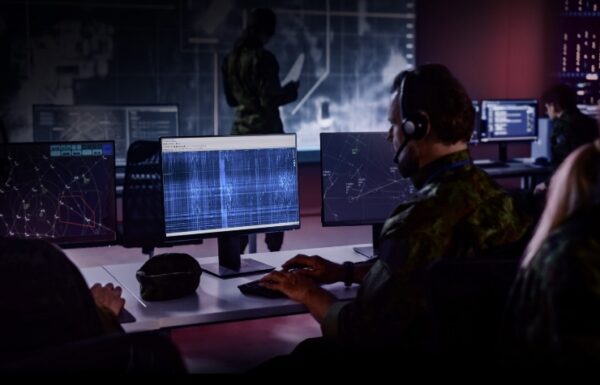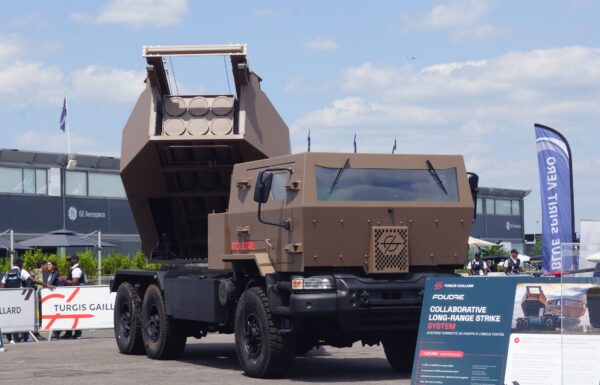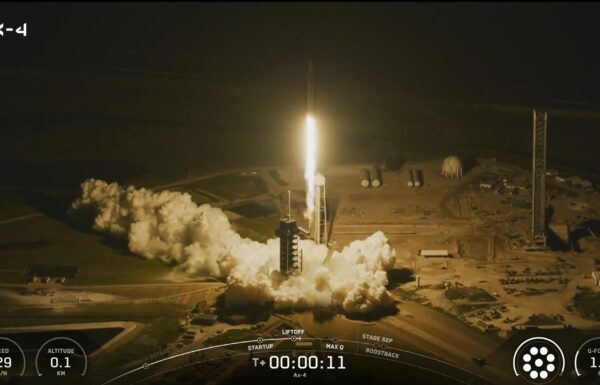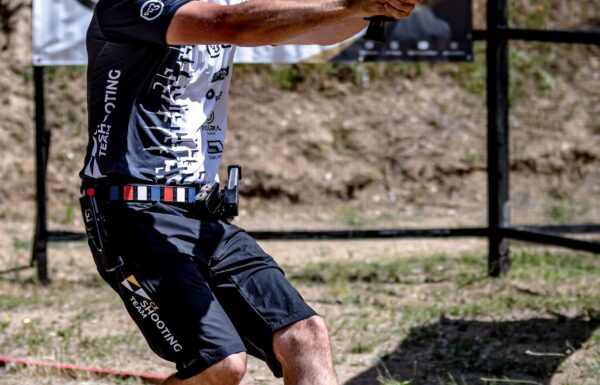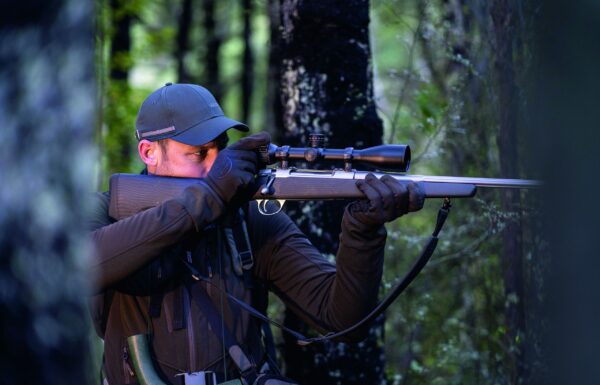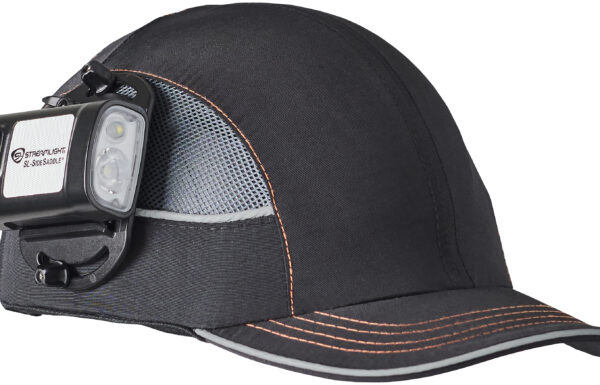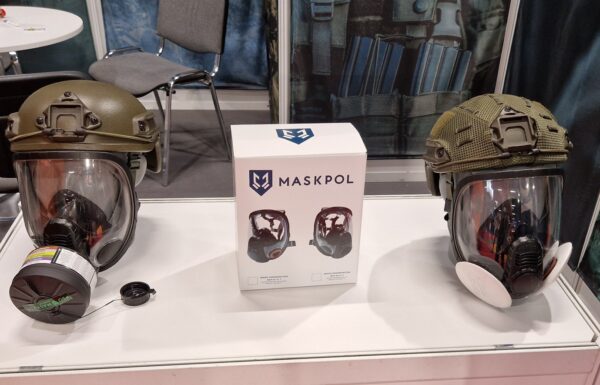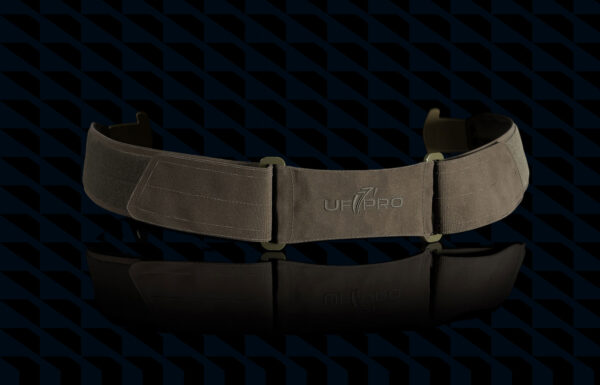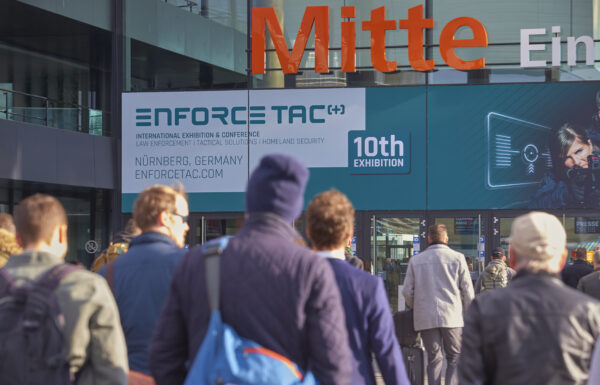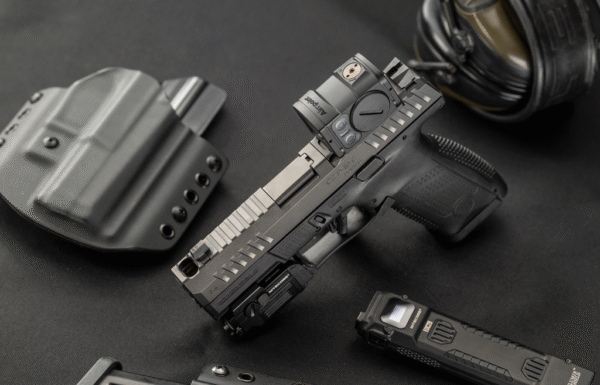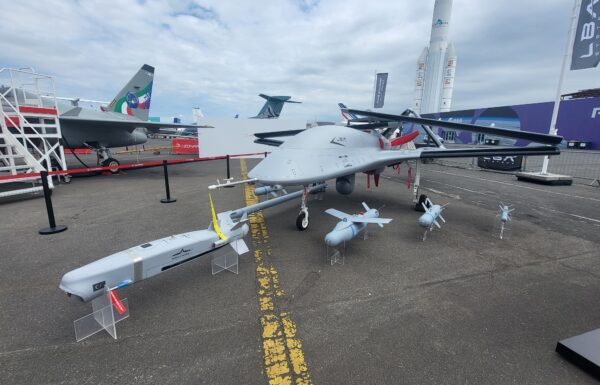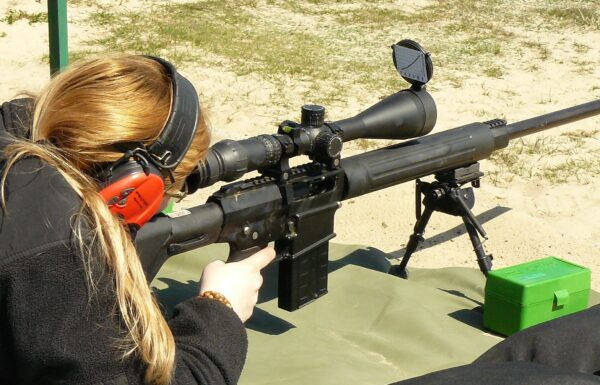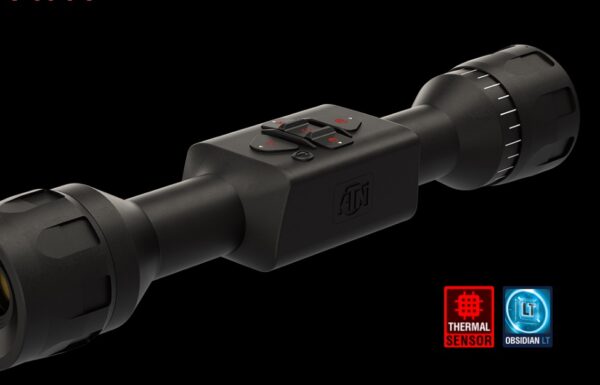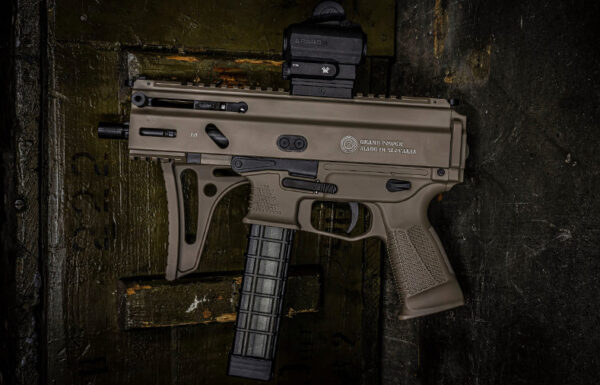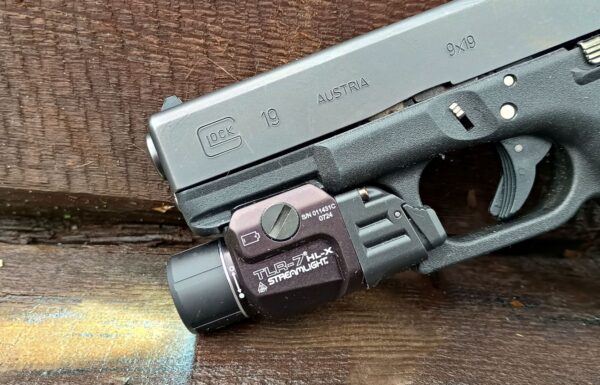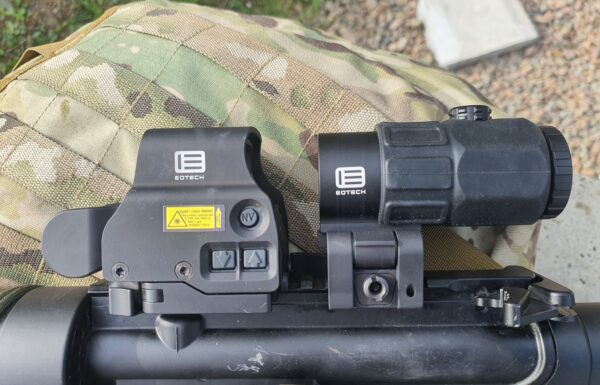On Friday, June 27, 2025, the U.S. Army Contracting Command (ACC) at Redstone Arsenal in Alabama, acting on behalf of the U.S. Department of Defense, signed a contract worth 279,201,818 USD with Raytheon, a subsidiary of RTX, for continued support of the land-based Centurion C-RAM (Counter-Rocket, Artillery, and Mortar) systems, also known as the Land Phalanx Weapon System (LPWS).
Only one offer was received during the bidding process. The framework agreement is intended to provide functional support for the management of the Centurion C-RAM system. Specific work locations and funding will be determined for each task order, with the estimated completion date of the framework contract set for July 7, 2030.
The Centurion C-RAM is a land-based adaptation of the 20mm Mk 15 Phalanx naval close-in weapon system, developed by Raytheon (now part of RTX), Northrop Grumman, and Oshkosh Defense between 2004 and 2006 in response to an urgent operational requirement for U.S. forces in Iraq and Afghanistan (20 units were deployed to Iraq by 2008).
The system automatically detects, tracks, and intercepts incoming rockets, artillery shells, and mortar rounds in the air before they strike their targets. It uses a Ku-band radar and a forward-looking infrared (FLIR) camera for target detection and tracking. For interception, it employs a 20mm M61A1 Vulcan six-barrel Gatling gun, with a theoretical rate of fire of 3,000–4,500 rounds per minute, an effective range of 2,000 meters, and a maximum range of 2,300 meters.
The weapon is supplied with 20x102mm M940 MPT-SD (Multi-Purpose Tracer, Self-Destruct) ammunition, produced by General Dynamics. This round detonates either upon impact with the target or after the tracer burns out, minimizing collateral damage in case of a miss.
The system is typically mounted on an eight-wheeled Oshkosh HEMTT A3 (Heavy Expanded Mobility Tactical Truck) chassis, but can also be placed on a trailer towed by an M916A3 6×6 truck. The platform measures 19.81 meters in length, 3.65 meters in width, 4.26 meters in height, and has a combat weight of 24 tons. It is operated by a crew of four soldiers.
The system has demonstrated effectiveness rates of 60–80% against individual mortar rounds (81–120mm) and short-range rockets, depending on conditions. Notably, it is intended for point defense, covering an area of approximately 1.3 km². Each unit includes a magazine holding 1,500 rounds, sufficient to engage around 30 targets (assuming one-second bursts per target).
In addition to the U.S. Army, Centurion C-RAM systems were temporarily leased by British and Australian forces in Iraq and were also tested in Israel. However, Israel opted to abandon the system in favor of the more advanced Iron Dome missile defense system.


